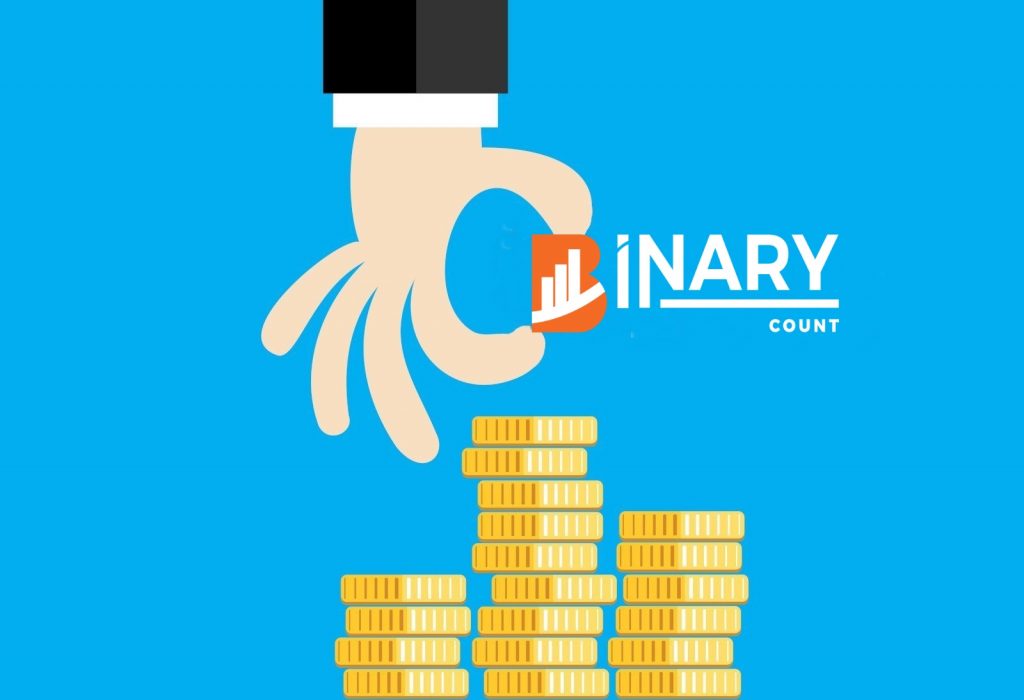Is the Martingale Strategy Suitable for Money Management in Options Trading?

One of the main ways to sustain profitable options trading is money management. You’ll want to minimize losses and increase your winning trades. This way, winners will offset the losing trades and leave you with some profit.
But when you incur a loss, adjusting your trading to reflect the remaining capital is vital to long term trading. Common sense dictates that you lower the amount you place on trades following a loss. But one strategy advises the opposite. This is the Martingale strategy.
How does the Martingale strategy work?
The Martingale strategy requires that you increase your bet amount even if you lose. That is, if you lose on a trade, the amount you invest on the next trade should be a multiple of what you lost. If you lose again, increase your investment until you finally get a winning trade. Once you get a winning trade, start all over again with the initial small investment.
How does the Martingale Strategy work? What’s the point of increasing your stake even after losing? Martingale practitioners argue that if you eventually hit a winning trade, it will be able to offset the losses incurred in previous trades.
See Martingale evangelists view options Bitcoin Trading Platform like betting. Each trade has a 50/50 chance of winning or losing. In addition, there’s no way that you can have an infinite losing streak. More so, the probability of losing decreases with the number of trades you make.
Can Martingale be practically applied to options trading?
Probability vs psychology
If you view the Martingale strategy from a probabilistic standpoint it can work in options trading. Every trade has a 50/50 chance of winning or losing. In addition, it’s unlikely to lose many consecutive trades.
Every trade has 50/50 chance of winning or losing On the other hand, if you view this strategy from a psychological standpoint it’s probably the worst money management strategy for an options trader.
No one wants to lose money. And while a trader might be comfortable losing small amounts in the first few trades, fear might set in when the losses accumulate.
Conversely, winning the first few trades might motivate the trader. However, a single huge loss in subsequent trades could wipe out all profits generated by the small winners.
Long term profitability isn’t possible
For the Martingale strategy to work, you’ll need huge amounts of capital at your disposal. Even then, you’re counting on the winning trades to offset the losses. You might have winning trades at the onset.
But one losing trade in the future might take out a huge chunk off your account. On the other hand, a winning trade might offset the losses incurred in earlier trades. However, whatever profit is left might be too small to justify your huge investment in that one single trade.
There’s no guarantee that you’ll eventually hit a winning trade
Although Martingale advocates argue that there’s no chance of getting an infinite number of losing trades, it’s still possible to make so many losses that your account is totally depleted.
Without hitting a winning trade. Even if you get a winning trade, it might not be enough to offset previous losses meaning your account will have incurred a loss. Over time, you might find that your account is slowly being depleted until it’s wiped out.